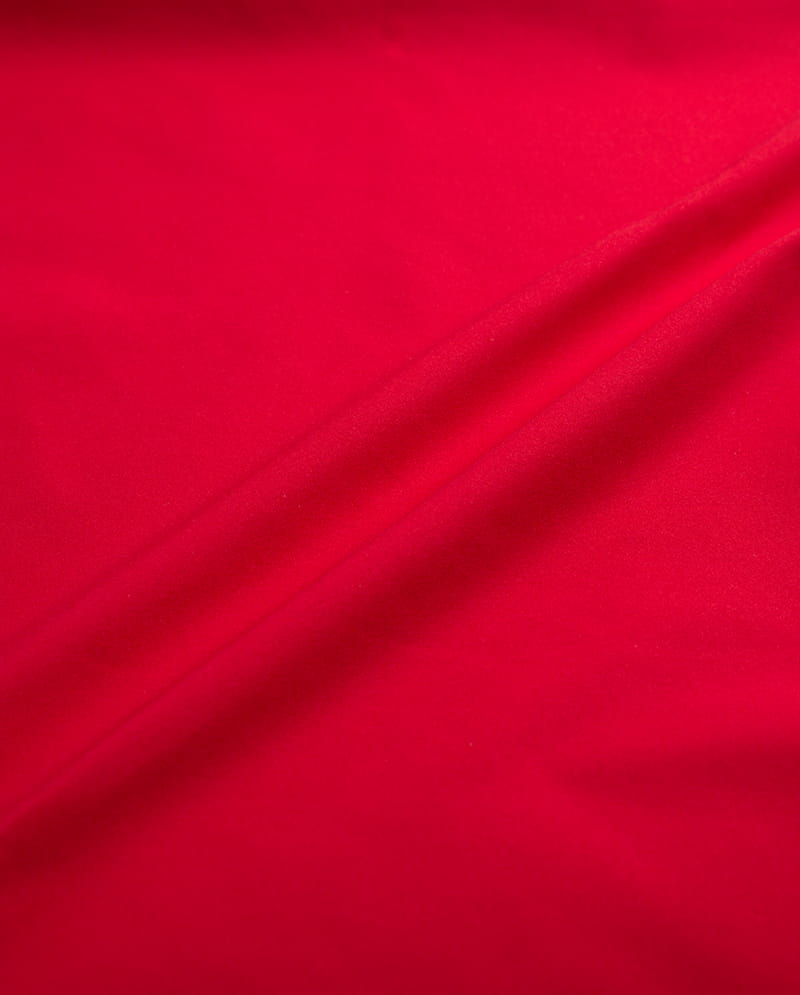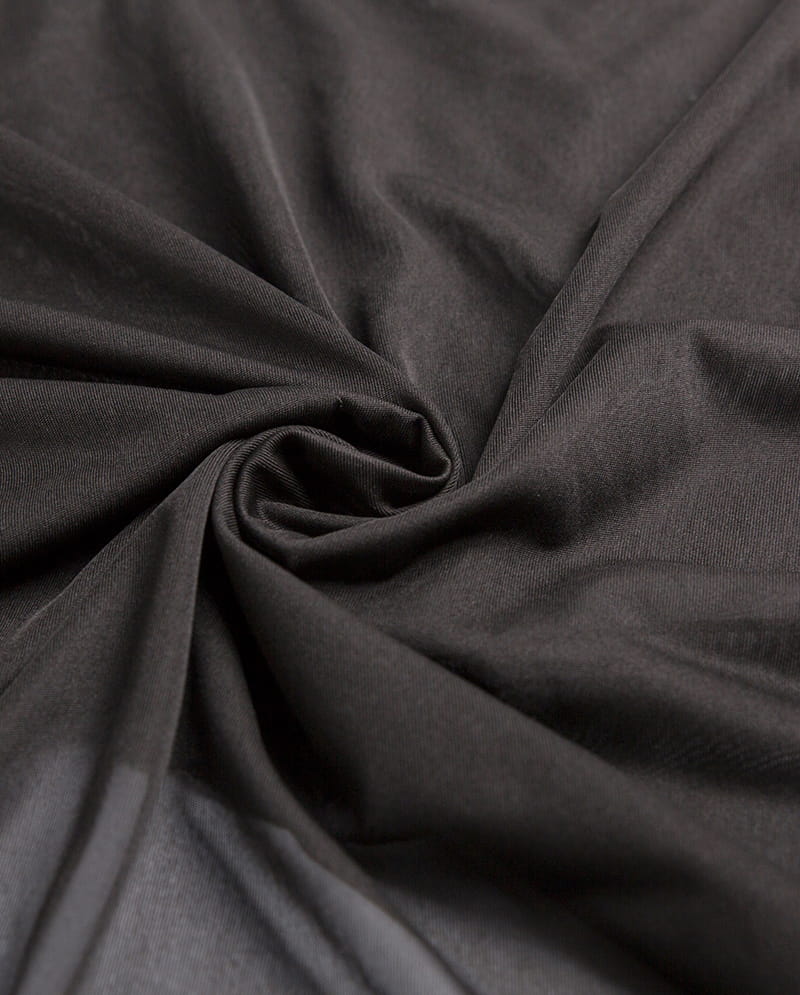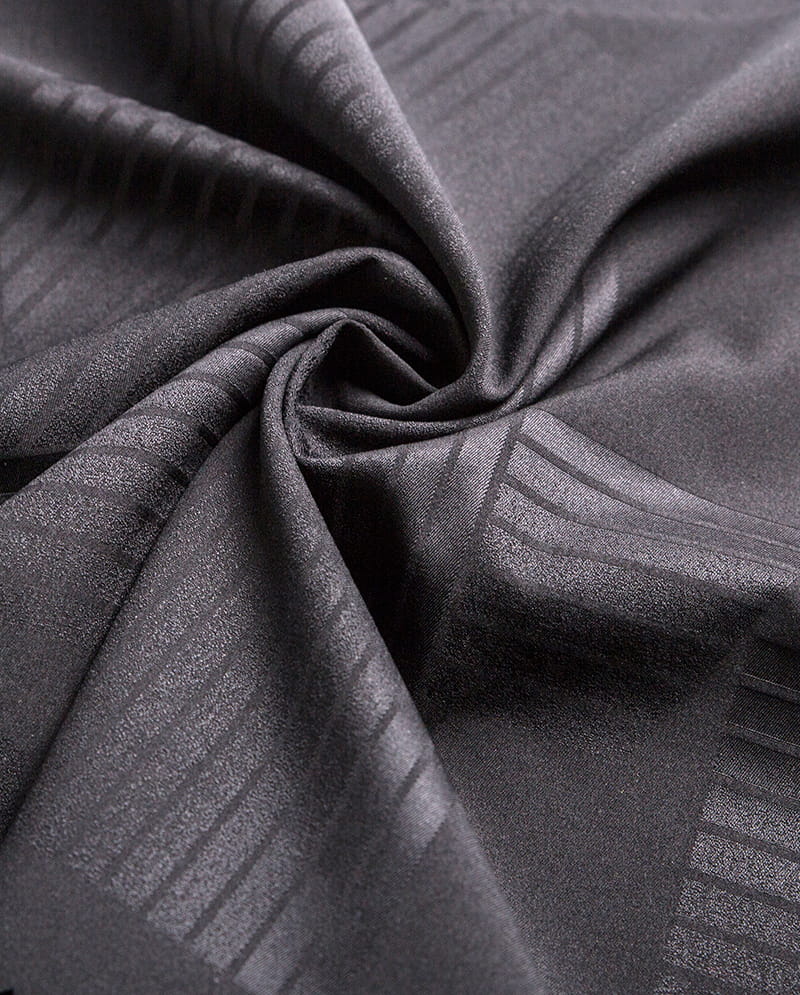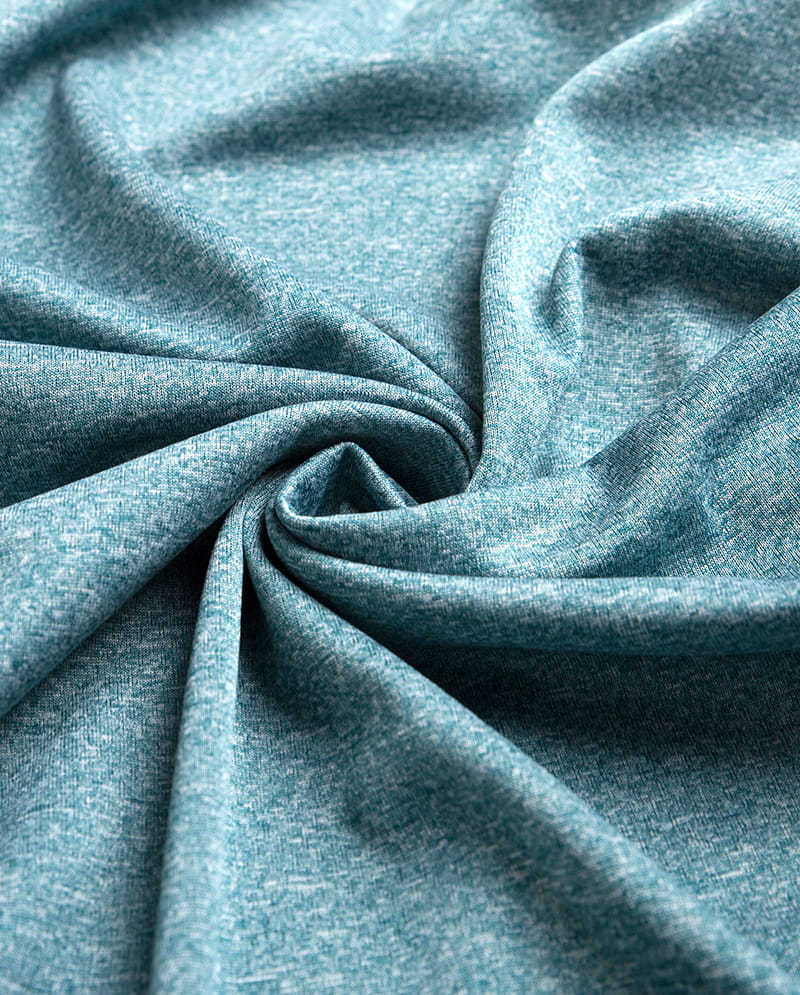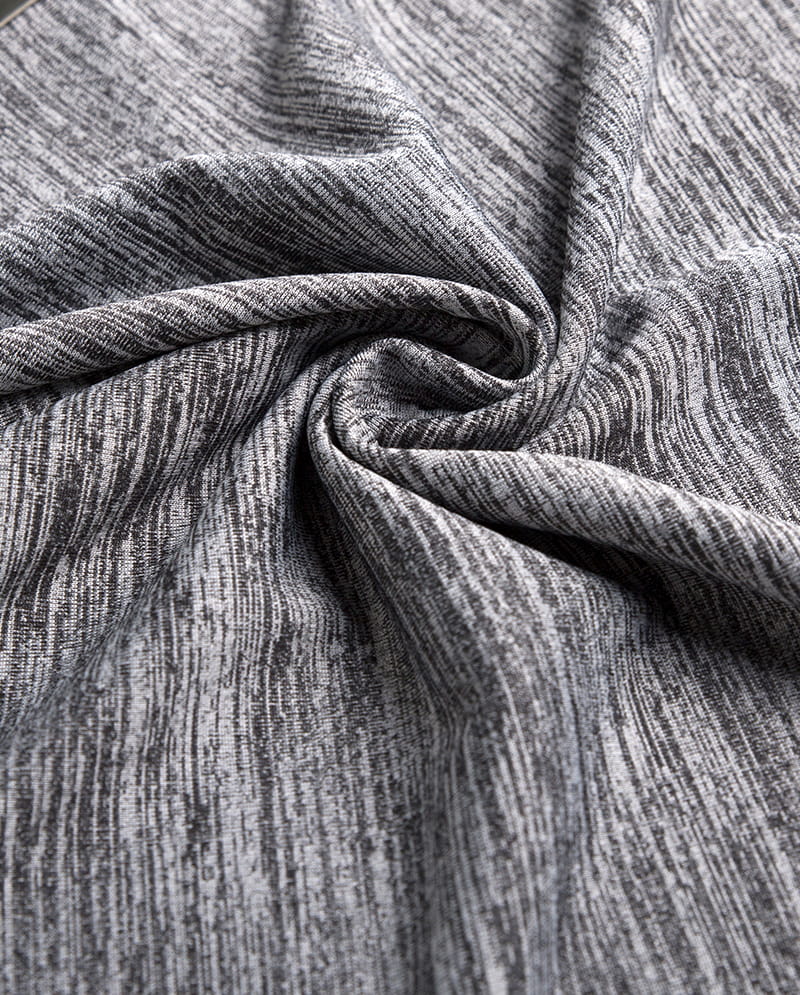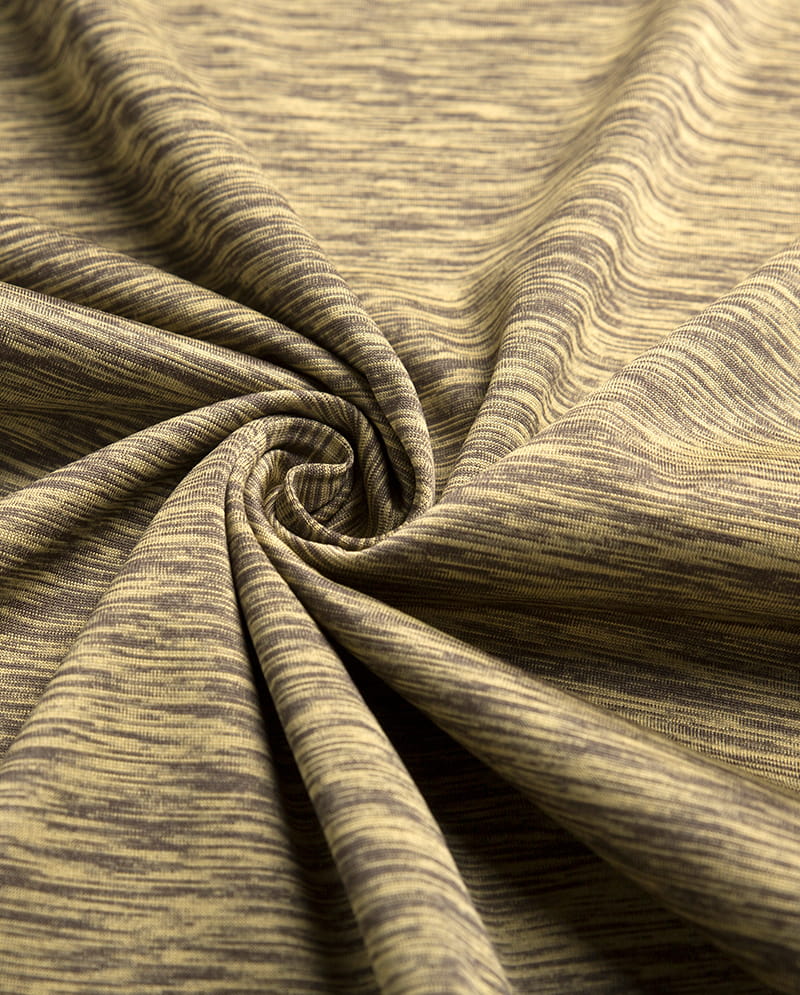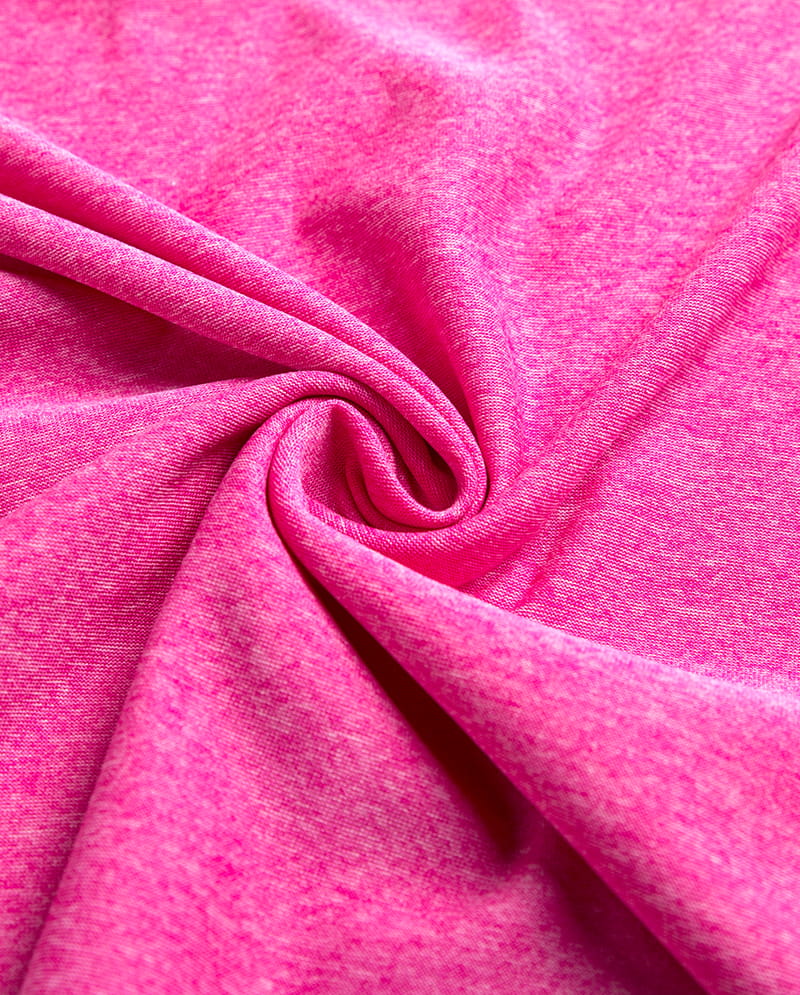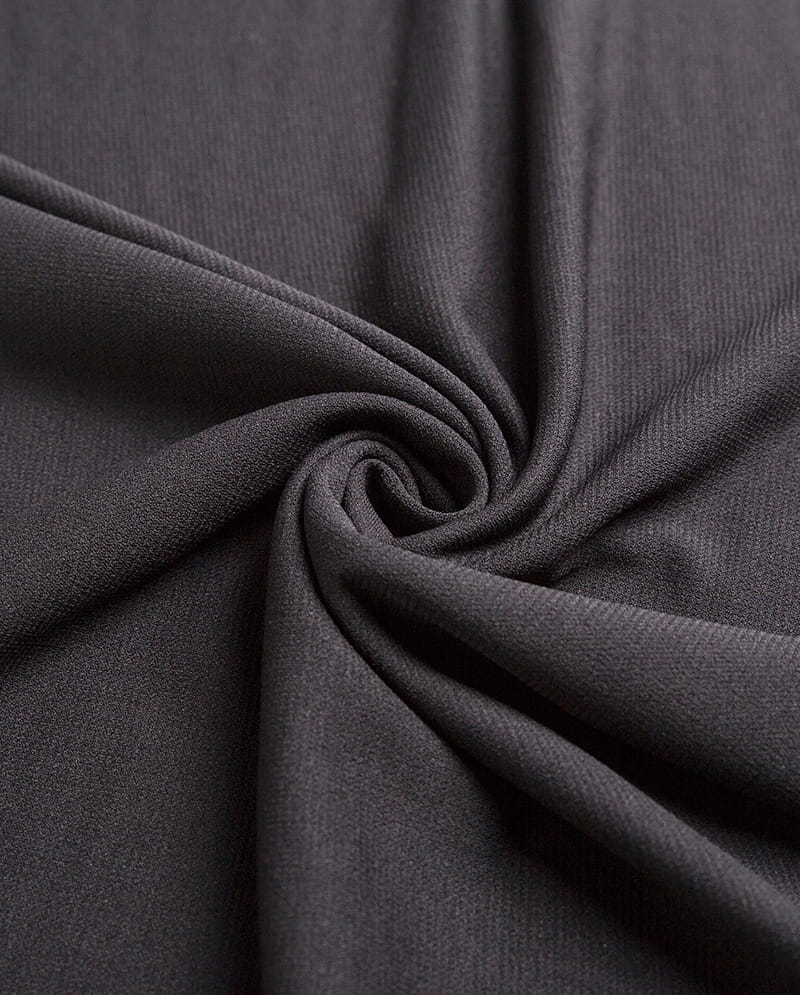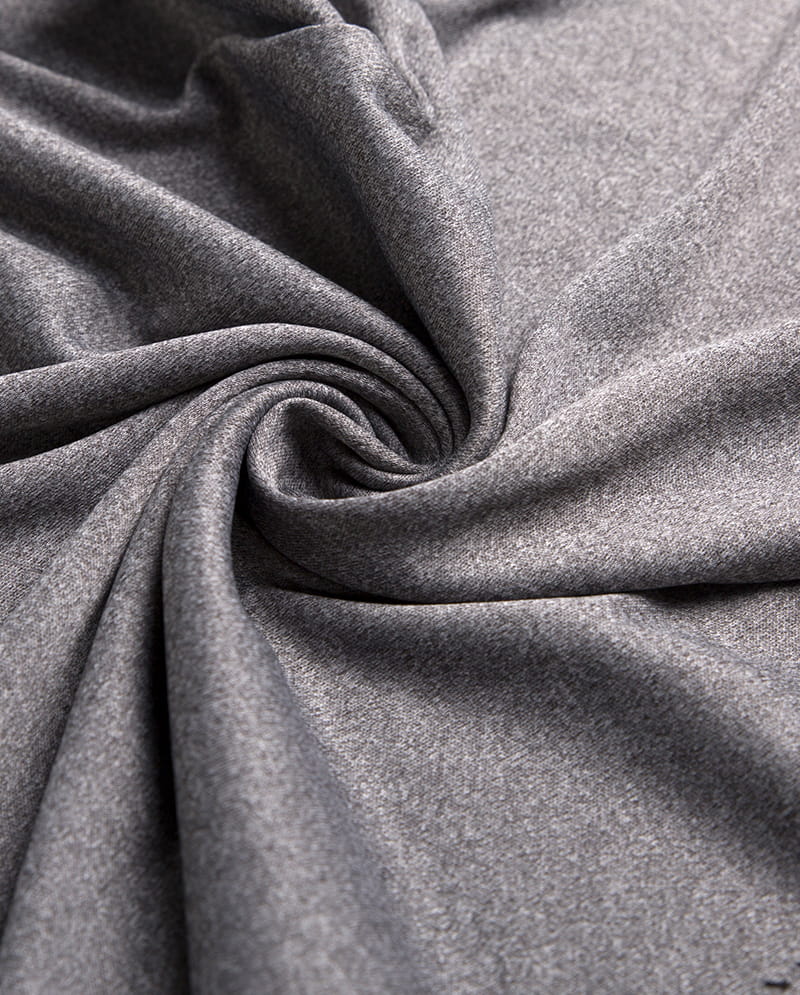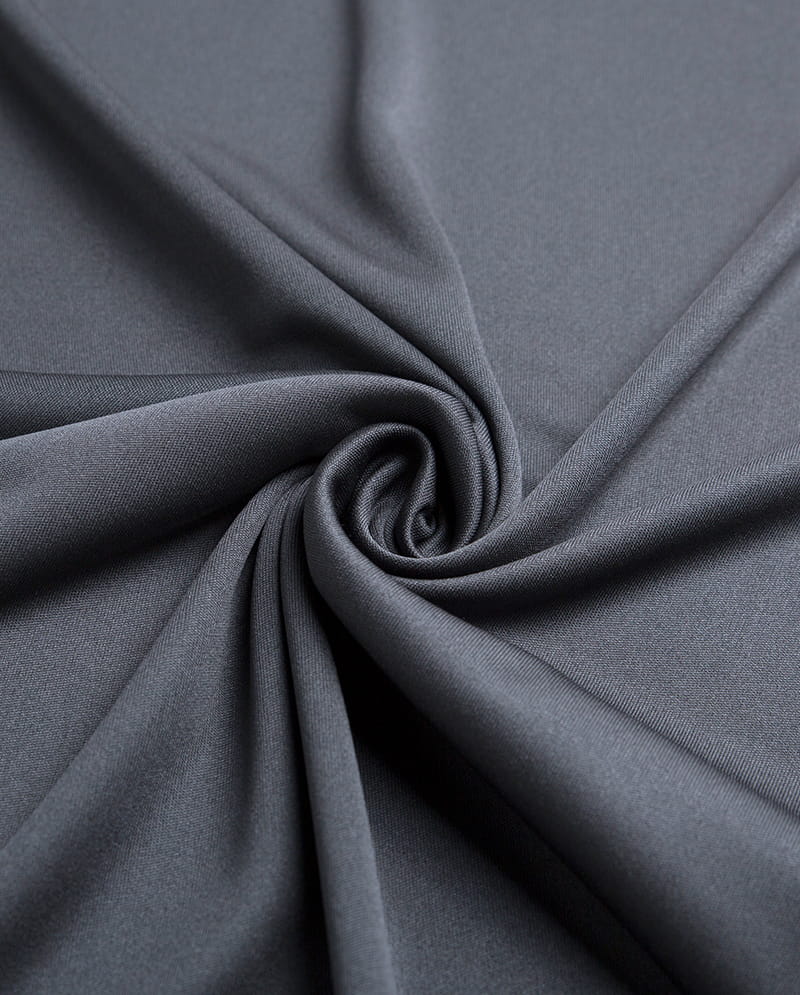Why woven fabrics are non-stretchable
Author: admin / 2023-08-04
Woven fabrics are generally non-stretchable because of their structural design and the way they are manufactured. Woven fabrics are created by interlacing two sets of yarns, known as the warp (longitudinal) and weft (transverse) yarns, at right angles to each other. The weaving process creates a stable and rigid fabric structure that resists stretching.
Here are some reasons why woven fabrics are non-stretchable:
Crisscross pattern: The over-under pattern of interlacing the warp and weft yarns creates a grid-like structure with minimal room for movement. This crisscross pattern effectively locks the yarns in place, making it difficult for the fabric to stretch significantly.
Tightly packed fibers: During the weaving process, the yarns are tightly packed together, leaving little room for the individual fibers to move. This tight arrangement further restricts the fabric's ability to stretch.
Limited elasticity of fibers: Most fibers used in woven fabrics, such as cotton, wool, and polyester, have limited natural elasticity. Unlike elastic fibers (e.g., spandex or elastane), they do not have the ability to stretch and return to their original shape easily.
Minimal give: If any stretching does occur in woven fabrics, it is usually minimal and will not provide the same level of stretch and recovery as knitted fabrics or fabrics with stretch fibers.
In contrast, knitted fabrics are made by interlooping one continuous yarn to form rows of interconnected loops. Knitted fabrics have more inherent stretch and flexibility due to the looped structure, which allows the fabric to expand and contract easily.
Here are some reasons why woven fabrics are non-stretchable:
Crisscross pattern: The over-under pattern of interlacing the warp and weft yarns creates a grid-like structure with minimal room for movement. This crisscross pattern effectively locks the yarns in place, making it difficult for the fabric to stretch significantly.
Tightly packed fibers: During the weaving process, the yarns are tightly packed together, leaving little room for the individual fibers to move. This tight arrangement further restricts the fabric's ability to stretch.
Limited elasticity of fibers: Most fibers used in woven fabrics, such as cotton, wool, and polyester, have limited natural elasticity. Unlike elastic fibers (e.g., spandex or elastane), they do not have the ability to stretch and return to their original shape easily.
Minimal give: If any stretching does occur in woven fabrics, it is usually minimal and will not provide the same level of stretch and recovery as knitted fabrics or fabrics with stretch fibers.
In contrast, knitted fabrics are made by interlooping one continuous yarn to form rows of interconnected loops. Knitted fabrics have more inherent stretch and flexibility due to the looped structure, which allows the fabric to expand and contract easily.

 English
English 中文简体
中文简体